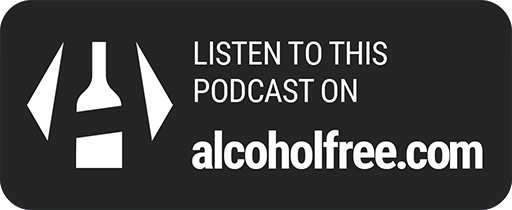American Society of Addiction Medicine

American Society of Addiction Medicine
Lead: Chronic pain, cannabis legalisation, and cannabis use disorder
Lead: Chronic pain, cannabis legalisation, and cannabis use disorder
Lead: Chronic pain, cannabis legalisation, and cannabis use disorder
Tuesday 31st October 2023
Unpack the impact of cannabis legalisation on chronic pain and addiction risks in this episode of 'This Week in Addiction Medicine'.
7 minutes
Informative
Empowering
Educational
Supportive
Thought-provoking
About this podcast
Author:
American Society of Addiction Medicine
Overview:
Categories:
Innovative Treatments & Recovery Paths
Navigating Alcohol Dependency
Family Recovery from Addiction
Nutritional Pathways to Recovery
Navigating Intimate Relationships
Links:
Visit site
Episodes:
140 (View all)

Do you want to link to this podcast?
Get the buttons here!Chronic Pain and Cannabis: Unpacking Legalisation and Addiction Risks
Episode Overview
- Studies on the impact of medical and recreational cannabis laws on the prevalence of CUD in patients with chronic pain
- The potential benefits of telemedicine in buprenorphine initiation for opioid use disorder treatment
- Readability comparison of naloxone and CPR materials for patient education
- Exploration of buprenorphine diversion through a harm reduction lens
- Development of a national practice guideline for the clinical management of high-risk drinking and alcohol use disorder
The prevalence of CUD in patients with chronic pain is increasing. This study considered the impact of both recreational and medical cannabis laws on the diagnosis of CUD using a VA population with chronic pain. Results demonstrate that medical cannabis laws led to a 0.135% increase in the prevalence of CUD, and enacting recreational cannabis laws led to a 0.188% increase in its prevalence.
Ever wondered how cannabis laws impact those with chronic pain? This episode of 'This Week in Addiction Medicine' tackles that very question. Hosted by Claire Rasmussen, the podcast dives into a comprehensive study from The Lancet Psychiatry, which examines the prevalence of cannabis use disorder (CUD) among patients in the US Veterans Health Administration system from 2005 to 2019.
The findings are eye-opening: medical cannabis laws (MCL) led to a 0.135% increase in CUD, while recreational cannabis laws (RCL) resulted in a 0.188% rise. These statistics highlight the critical need for clinician monitoring and patient education. But that's not all you'll get from this episode. Claire also explores the broader implications of these findings for public health, and discusses other timely topics such as telemedicine in opioid use disorder treatment and new national practice guidelines for alcohol use disorder.
If you're keen on understanding the intricate relationship between chronic pain, cannabis legalisation, and addiction, this episode is a must-listen. It’s perfect for healthcare professionals, students in the medical field, or anyone touched by addiction.
